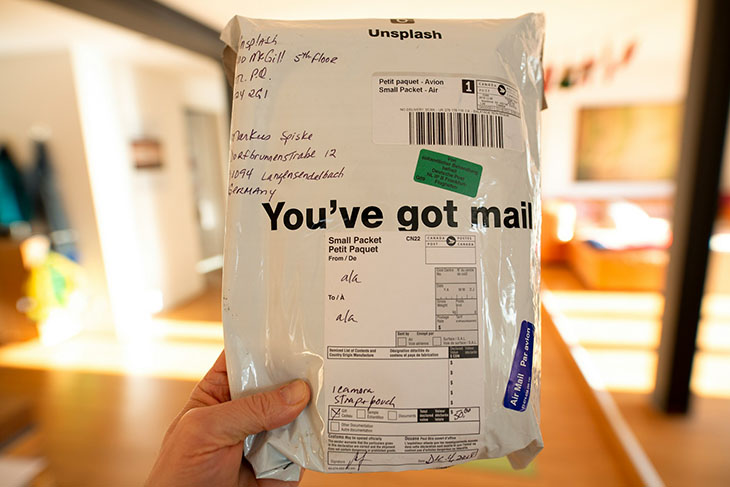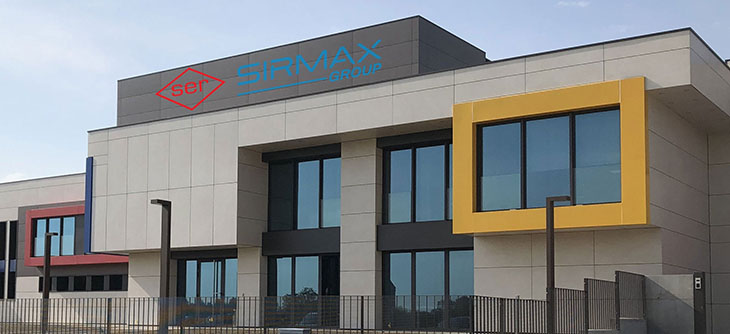Although it’s true that the number of small-surface stores (<300 m2) has decreased in recent years, Central Europe is still far behind the Scandinavian model where large-surface stores predominate. The FMCG (Fast Moving Consumer Goods) sector is responsible for the marketing of stock such as foodstuffs, drinks, cosmetics, tobacco products, spirits and detergents. Until the end of the 1990s, practically the only sales strategy available to FMCG producers was the sell-in strategy (target for purchases by distributors).
Almost 15 years ago, mainly due to modern IT systems such as Comarch Online Distribution, the sell-in strategy,whichrelies on data of direct sales made by the producer to participants in the supply chain (distributor and wholesaler) was replaced due to its poor effectiveness by a new distribution strategy. This new sell-out strategy (targeting distributors for resale) makes it possible to measure quantities and values related to distributors’ resale of purchased products, and to determine where and on what trading terms and conditions they were sold. Additionally, reliable information can be obtained on the volume of actual inventories day by day at each of a distributor’s branches.
Comarch Online Distribution, which we have been using and developing for over 15 years, helps us identify numerous areas influenced by the sell-out strategy. The most significant of them are listed below:
ORGANIZATIONAL/STRUCTURAL
Reporting resale data to identify retail outlets and HoReCa outlets not handled by the producer's field sales force. By organizing SR/SD targets with customers, the producer has a direct impact on generating incremental margins. Furthermore, the producer has the ability to reorganize the work of the sales team to improve quality. Sales data in each category include the producer’s share in the purchases of the entire category in each retail store irrespective of the number of distributors that sell the category to that store. Developing a sales strategy for entire geographical areas then becomes possible. For example, knowing that 80% of sales in a category are generated in 10 cities, and that one half of those sales are made in two cities, it is possible to hire a sales person to be responsible solely for generating business in these two core cities.
DISTRIBUTOR/WHOLESALER
The application of the sell-out strategy also means targeting distributors not by what they purchased but what they sold to the market. This gives producers a real basis to reward the distributor (sales bonus) by defining appropriate distribution programs with the use of data on customers directly serviced and non-servicedby the producer (coverage vs. out of coverage) and disbursement of bonuses for measurable and verifiable factsrather than information based on manual, collective statements of sales, drafted by the distributor. A significant role in that process is also played by the extension of numeric and weighted distribution (in the event of return reporting on resales in the entire category), and a separate definition of trading terms and conditionsfor business partners – defining separate distribution programs – one for the retail channel and another for sub-wholesalers.
MARKETING AND DEMAND PLANNING
The reported data on resale and inventories may be affected bycontrol of promotional arrangements, optimized marketing expensesearmarked for the distribution network, and optimized trade marketing expenses. With the data on resale, trade marketing is aware how much the store is selling, at what prices the store buys from distributors, the store's potential, and whether any materials should be supplied to support sales (perhaps a refrigerator). If the producer cares about appropriate categorizing/segmentation of retail customers, sales data will support the appropriate development of dedicated sales programs for each store type.
At the same time, the existing distribution programs often make disbursement of bonuses in part subject to appropriate stock planning, as required by the producer. The requirements may be defined in different ways, such as minimum daily stock. Along with information on daily resales by the distributor, the producer also obtains data on daily inventories and is able to identify stock in the stores that buy from the distributors, so may adjust the route of commercial visits by field sales force accordingly (to go or not to go). Moreover, staff involved in demand planning canrespond immediately to changes during a promotional action, generate better sales forecastson the basis of data on current sales to distributors, resale and stock, relying on information on historic sales, and minimize the risk of being out of stock.
B2B PLATFORM REQUIRED
The areas identified above, which are or may be affected by reported sales data, are among the major areas of interest to a producer acting wisely. A sales strategy based on sell-out (resale) is not the sole strategy to apply to FMCG products and, depending on the producer’s organization level, targets and current market strategy, may be applied jointly with the sell-in strategy. Now the market offers mature IT systems to support producers in their measurement of sell-out, as a result of which they are able to effectively define and monitor activities, and hold business partners and sales force accountable for resales too.

|
Bartłomiej Szuper is a graduate of the the Faculty of Law and Administration at Lublin University, and holds a degree from Cracow University of Economics having completed the Executive MBA Program there. As an Executive Director in Comarch’s Service Sector, he is responsible for business consulting on e-Invoicing systems in the CEE region. Bartłomiej’s entire career has been spent in IT companies in the training, sales and consulting departments, which has resulted in a number of successful implementations of various sales support systems. His high level of business culture and competence is emphasized by many satisfied customers. |


























